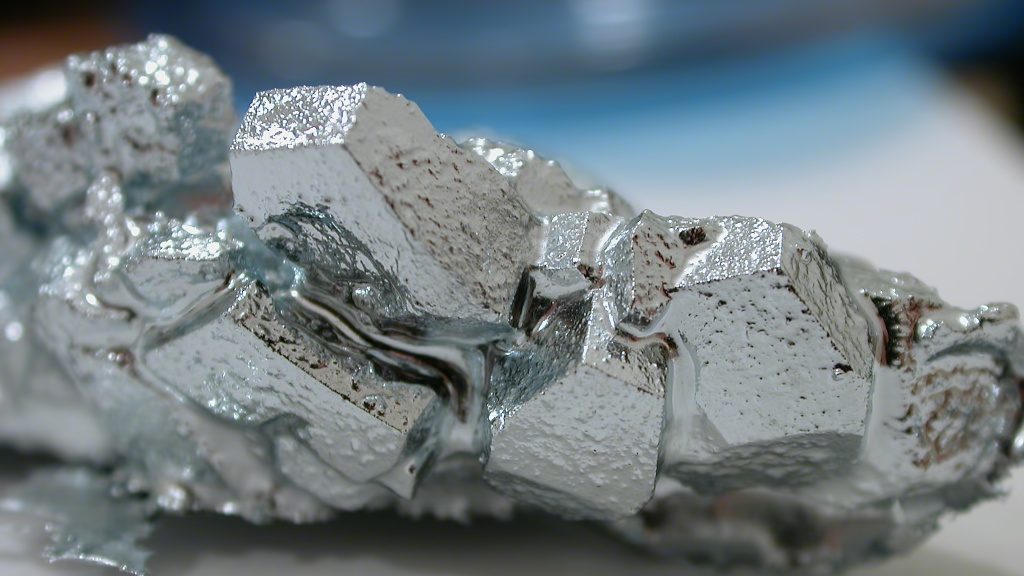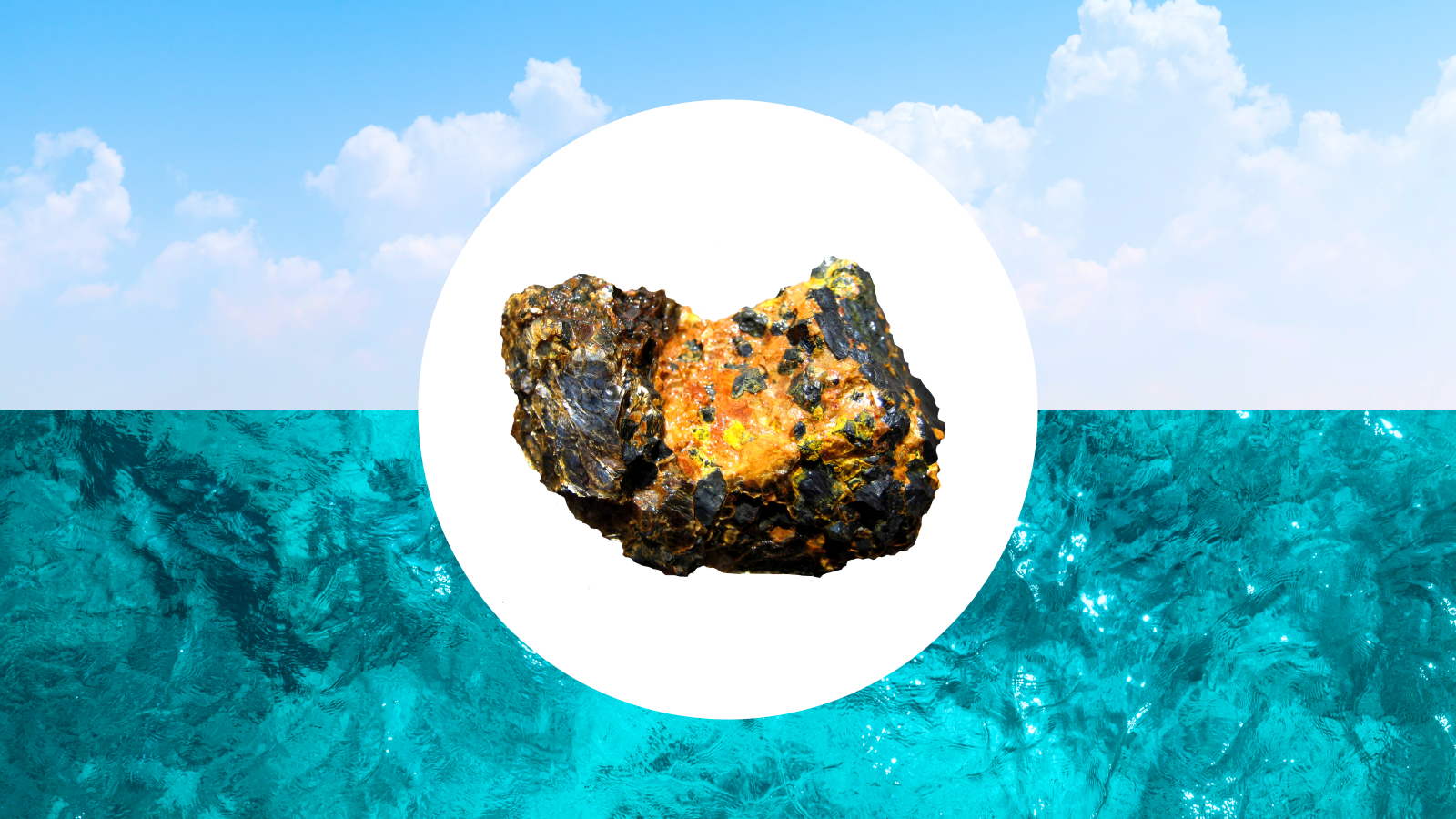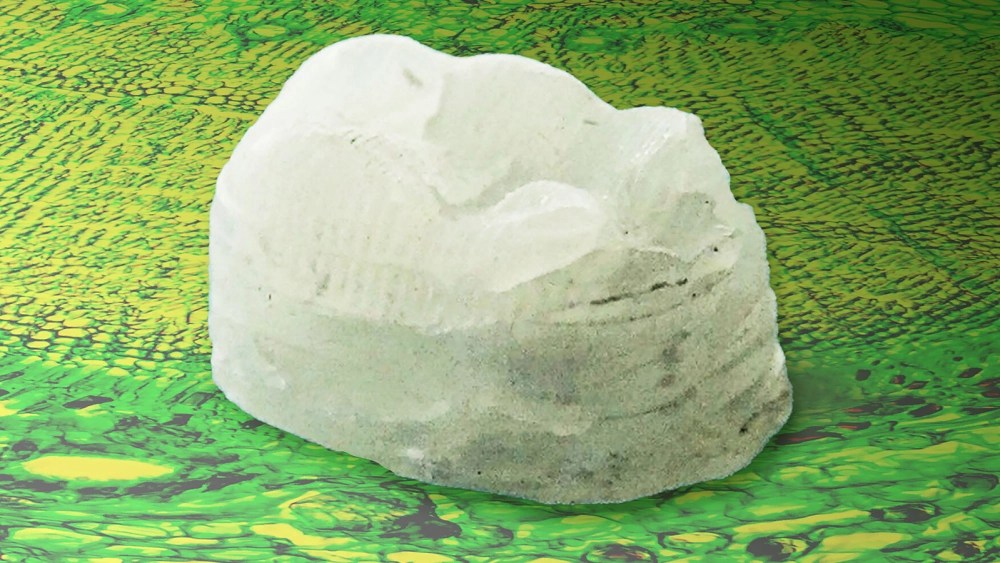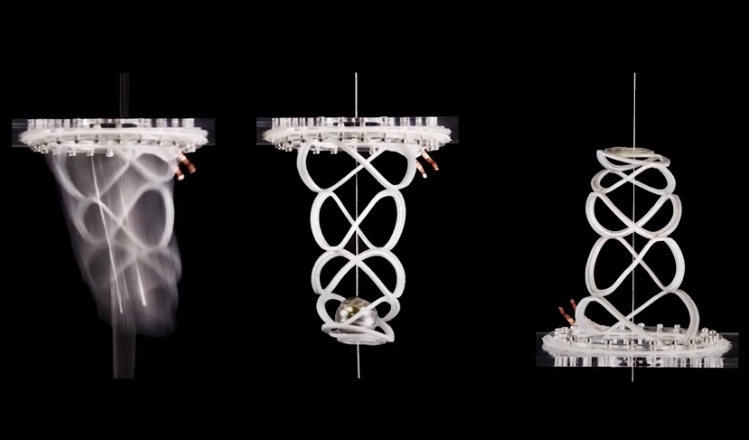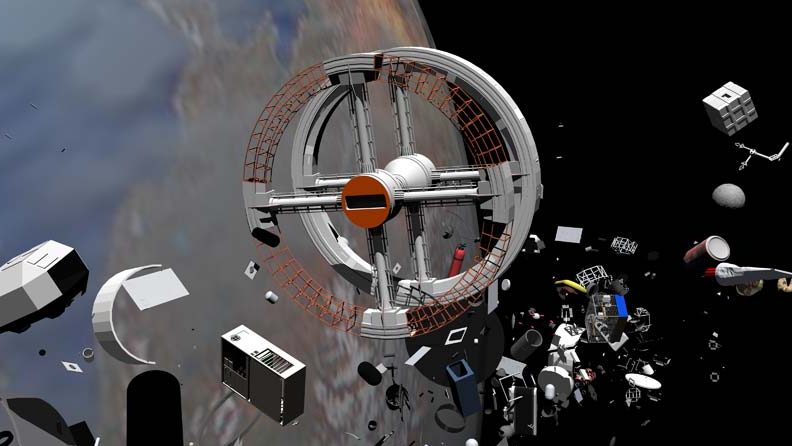materials
2022 was another busy year in the realm of science, with groundbreaking stories spanning space, materials, medicine, and technology.
Bend it. Stretch it. Use it to conduct electricity.
Vanadium dioxide is a strange material that “remembers” information and when it was stored. This is akin to biological memory.
The future of American jobs isn’t only services and tech.
“Ghost gear” leads to hundreds of thousands of animal deaths.
The new material may make marine uranium extraction economically feasible.
Scientists turn to nature to improve a ubiquitous building material.
A two-dimensional material made entirely of carbon called graphene won the Nobel Prize in 2010. Graphyne might be even better.
In paint form, the world’s “whitest white” reflects so much light that surfaces become cooler than the surrounding air.
Cement production currently accounts for 8% of global carbon emissions.
A team of scientists hopes deep-earth lithium could sustain America’s vast demand for batteries. But extracting it won’t be easy.
Fire-retardant gels and slimes combine the best attributes of water and foam.
One home was printed in 28 hours. Now, Alquist 3D is building 200 more.
It has no moving parts and could allow us to tap into renewable energy year round.
In a major advance, scientists have found a new and groundbreaking way to force electrons to flow only in one direction in a superconductor.
Crystallization is an entirely random process, so scientists have developed clever ways to investigate it at a molecular level.
Nanofabricators could quickly synthesize whatever we need, molecule by molecule.
A lucky discovery involving lithium-sulfur batteries has a legitimate chance to revolutionize how we power our world.
Small spiders use their silk threads to passively fly, a process called ballooning. Learning how could help atmospheric scientists.
Using cellulose from trees and a synthetic polymer, MIT researchers have created a material that “is stronger and tougher than some types of bone, and harder than typical aluminum alloys.”
Edible electronics, devices that can be broken down and digested, could perform many useful functions inside the body.
The knobby starfish skeleton has diamond-like properties and could inspire new designs for lightweight, highly resilient ceramics, with widespread applications in engineering and construction.
Da Vinci dreamed up a helicopter 400 years before they actually existed. Now, engineers have brought his design to life, but with a twist.
Outfitted with wheels and rotors, the bot can morph from a land drone into a quadcopter in seconds.
If you put very fine black powder powder in a confined space it explodes in a cloud of heat, gas and noise.
A century ago, electric cars were common. The fact that they were almost entirely replaced due to the internal combustion engine is a testament to the glacial pace of battery breakthroughs.
Steel tires may be better for the planet and could replace rubber.
On Nov. 15, 2021, U.S. officials announced that they had detected a dangerous new debris field in orbit near Earth. Later in the day, it was confirmed that Russia had […]
A report from MIT outlines a six-point plan to usher in a new age of nuclear power.
Are hardened wood knives and nails coming to a store near you?

